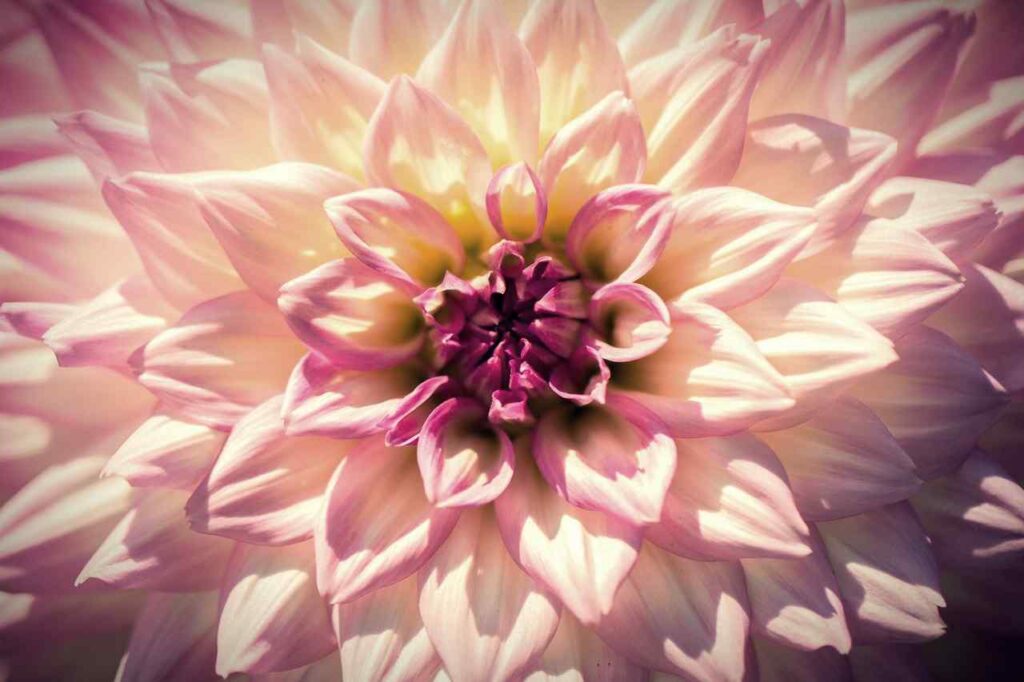Everything That You Need to Know About This Lovely Flower: Chrysanthemum

Introduction
What Are Chrysanthemums?
Chrysanthemums are members of the Compositae family and come in a variety of bold colours, forms, and dimensions. This variety of daisies was first cultivated in China about six centuries ago as a herb connected with the power of life. The flowers of chrysanthemums range from bright whites to deep bronzes, and lush, dark green leaves accent the resilient plants.
Chrysanthemum flowers appear to have many petals; however, each solitary petal is a small floret. There are two kinds of florets: ray florets and disc florets. The petals are made up of ray florets, while the central buttons are disc florets. When the florets come together, they form what we know and adore as a mother bloom. Get online Christmas flower delivery of chrysanthemums blooms at the desired place within a few hours.
History Of Chrysanthemum
The chrysanthemum was first grown as a flowering herb in China in the 15th century B.C. Early drawings depicted it as more of a daisy-like flower. Since then, the mum has been produced in a plethora of shapes, sizes, flamboyant styles, and colours that may not always resemble its humble roots.
Planting Care For Chrysanthemum
Exposure
During the growing season, these flowers prefer direct sunlight. A plant that receives insufficient sunshine will get weaker and generate fewer flower heads. On the other hand, Blooms will persist longer if they are transferred to a shadier location after flower buds form.
Soil
These blooms may grow in a variety of soil types, but they thrive in rich soil with good drainage. Plants will decay if the soil is not adequately drained. They prefer soil with a pH that is somewhat acidic.
Pruning
Simply pinching the early buds might potentially quadruple the number of buds your plants produce in the fall. If you’re growing mums for cut flowers, try disbudding, which involves removing all of the side buds to promote a single-core bloom.
Bloom Time
From September through frost. Flowering in short-day plants is driven by fewer days in late summer and early fall. Flowering can also be induced in a light-controlled greenhouse environment.
Temperature and Humidity
Mums thrive in warm, temperate climates. Plants can struggle at high temperatures. And in areas where the winters are harsh, the plants may succumb to the cold unless they are well-protected with dense mulch. Mums appreciate some humidity, but if the humidity is extreme, ensure adequate air circulation to avoid rot and infection.
Pest and Control
Chrysanthemums are susceptible to a variety of pests and diseases, although they are not difficult to control. Earwigs, snails, and black aphids are all attracted to the blossom and must be controlled on a regular basis. If you see caterpillars, such as little green loopers, spray them with a biological insecticide.
Overwintering
Chrysanthemums bloom just as the weather begins to turn damp and windy, so if you’ve been growing them in pots outside, bring them inside to a cold greenhouse or polytunnel for the winter.
Different Colours And Their Significance
Pink Chrysanthemums
Pink chrysanthemums are particularly popular because they represent the King and the Royal dynasty. Pink chrysanthemums are often associated with longevity so send online flowers to Pune with Christmas Cake to bless someone with long life ahead. Pink flowers, in general, evoke thoughts of mild warmth, desire, and passion, making them ideal for a first date or a new love.
Yellow Chrysanthemums
The yellow chrysanthemum is a sign of friendship and happiness. It means fortune in the Victorian language of flowers. However, in the context of love, it alludes to a rejected or unrequited love.
White Chrysanthemums
White chrysanthemums have a variety of connotations. White often symbolizes condolences in several cultures; therefore, the flower is strictly kept for grief and remembering. On the other hand, white chrysanthemums represent purity, simplicity, devotion, loyalty, and sincerity. Because of their additional symbolic implications, they are an excellent addition to bouquets for a wide range of recipients and situations.
Red Chrysanthemums
Red Chrysanthemum is an ideal gift for an anniversary, birthday, Valentine’s Day, or other romantic occasions. Red represents fire, heightened passion and desire, love, dedication, and is a little lavish as it should be.
Benefits Of Chrysanthemums
Chrysanthemums have been utilized for centuries for their therapeutic benefits. Drinking chrysanthemum flower tea and taking chrysanthemum vitamins or supplements can both provide numerous health benefits. These advantages include managing chest discomfort, lowering blood pressure, treating diabetes, lowering fever, acting as an anti-inflammatory agent, and relieving migraines. Insect bites, headaches, sore throats, and painful eyes are all treated by chrysanthemums. For their air-purifying powers, they are even planted in gardens and displayed indoors.
We hope you’ve learned enough about this absolutely stunningly lovely flower, Chrysanthemums.